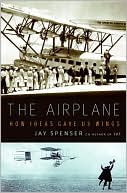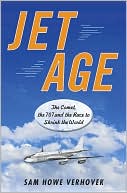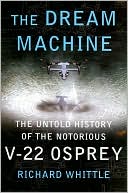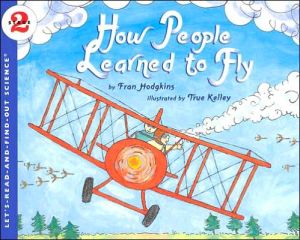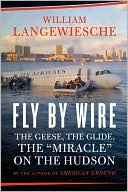Airplane: How Ideas Gave Us Wings
Search in google:
The inside story of how people invented and refined the airplane. Who were aviation's dreamers and from where did they draw their inspiration? What lessons did inventors learn from birds, insects, marine mammals, and fish that helped us fly? How did the bicycle lead to the airplane, and hot water heaters to metal fuselages? And who figured out how to fly without seeing the ground, setting the stage for scheduled airline services in all weather conditions?In this entertaining history of the jetliner, Jay Spenser follows the flow of simple yet powerful ideas to trace aviation's challenges. He introduces us to pioneers across continents and centuries, sheds new insights on their contributions, and evokes those key moments in history when, piece by piece, such innovators as Otto Lilienthal, Igor Sikorsky, Louis Blériot, Hugo Junkers, and Jack Northrop collectively solved the puzzle of flight.Along the way, Spenser demystifies the modern jetliner. From wings to flight controls to fuselages to landing gear, he examines the parts of the airplane to show how they came into being and have evolved over time. The Airplane culminates in a discussion of Boeing's 787 Dreamliner and explores the possibilities for aviation's future. Publishers Weekly This history of the development of the airplane by Spenser, a former curator of the National Air and Space Museum and author of 747, recasts the Wright brothers' contribution as he widens the scope to aviation history in France, Germany and beyond. Spenser starts with the pioneering work of Yorkshire gentleman Sir George Cayley in the late 18th century, delineates the competitive race between inventors in the early 1900s and culminates (somewhat abruptly) in the world of modern jet airliner travel. Spenser's history reads like a textbook for young, aspiring engineers. Instead of a general chronological approach, Spenser divides the book into sections that each track the development of a different part of the airplane, from the fuselage to landing gear. While this allows him to show how the modern airplane is not a singular invention but rather the cumulative result of thousands of different inventors, trials and errors, it does diffuse the narrative. Still, Spenser's book stands as a smart, and occasionally wonkish, history of a thrilling machine all too often taken for granted. (Nov.)Copyright © Reed Business Information, a division of Reed Elsevier Inc. All rights reserved.
Introduction xi1 Conception: The Thinker and the Dreamer 12 Birth: Wilbur, Orville, and the World 163 Configuration: Shapes and Ideas 374 Fuselage: Of Drums and Dragonflies 565 Wings, Part I: From Box Kites to Bridges 866 Wings, Part II: Cloud-Cutting Cantilevers 1127 Empennage: Whale Flukes and Arrow Feathers 1368 Flight Controls: The Chariot's Reins 1429 Flight Deck: Cockpits for Aerial Ships 17310 Aero Propulsion: Prometheus Is Pushing 20111 Landing Gear: Shoes, Canoes, and Carriage Wheels 23812 Passenger Cabin: Voyaging Aloft 25313 Systems Integration: Making Flying Safer 28114 Today's State Of The Art: The Boeing 787 Dreamliner 292Postscript Tomorrow's Wings: Future Air Travel Technologies 305Notes 311Acknowledgments 319Photo Credits 321Index 323
